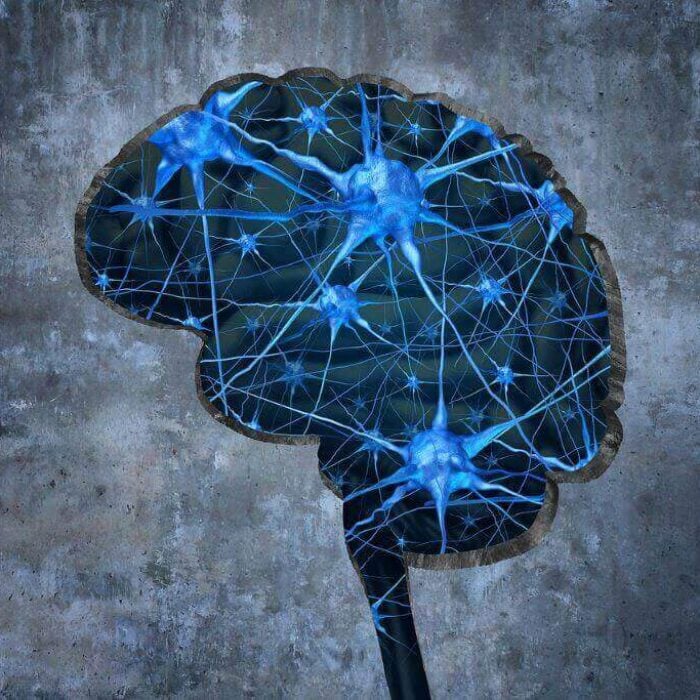In this post, we cover the 5 opioid drugs parents should watch for. As the opioid epidemic rages across the country, unprecedented numbers of adults and older Americans are caught in the crossfire, developing substance abuse problems related to heroin or prescription medications. Unfortunately, children and teenagers often become lost in the narrative about the opioid epidemic. Older teens and adults have high rates of opioid dependence, but younger children also remain vulnerable.
The Pediatric Health Information System Database shows that 43% of children admitted to hospitals across the US for opioid overdose ended up in ICU. Nearly 20% of the overdose cases were likely due to methadone from adults in the house. The study also demonstrated that 60% of these overdose victims, were children between 12 to 17 years of age.
In some cases, kids prescribed opioid painkillers for legitimate purposes go on to develop a pattern of problematic opioid use. As the opioid crisis takes over this country, children are quickly becoming secondary victims. Parents should be cautious and well informed of what they have in their cabinets and what’s available in the streets. Here are severe opioid drugs commonly available, that parents should watch for.
Here are the 5 opioid drugs parents should watch out for:
Fentanyl
The rise of synthetic opioids has many parents alarmed at their abuse potential. Perhaps the most dangerous is fentanyl, a synthetic opioid compound that is 100 times more potent than heroin. In medical settings, prescribers may use fentanyl patches to curb cancer-related pain. However, the growing availability of fentanyl outside of medical settings poses serious risks for children and teens.
The Pediatric Health Information System Database shows that 43% of children admitted to hospitals across the US for opioid overdose ended up in ICU. Additionally, research from the Journal of the American Medical Association (JAMA) shows that almost half of all opioid overdose deaths in 2016 involved fentanyl. Young people may be less wary about the potency of fentanyl. Other issues that increase the risks of overdose for teens is Fentanyl’s’ variability, availability and the increasing contamination of illicit drugs.
Heroin
In 2015, heroin was the deadliest opioid in the United States, according to the Centers for Disease Control and Prevention. For children and young adults, heroin abuse may begin with a less sinister cause: legitimately prescribed opioids for surgery or sports-related injury. Once the prescription runs out, kids may turn to heroin for its painkilling properties or get high. Other kids are just trying to belong, minimize emotional and social distress or simply to have fun.
Although rates of heroin abuse among 12 to 17-year-olds have declined slightly, there’s an overall uptick in public use by young adults aged 18 to 25. Abusing heroin has become a significant problem among young people. A new study shows that seven out of ten teens nonmedical combine opioids with other mood-altering substances. Opioids drugs, especially heroin, is dangerous enough when taken by themselves; combining heroin with other substances dramatically compounds the risks.
Methadone
Methadone often slips under parents’ radar, as it is drug doctors prescribe with the intention of reducing addiction, not fueling it. It is an opioid agonist like heroin or morphine, meaning that it binds to mu-opioid receptors throughout the brain and body. However, methadone exerts less of an effect than heroin or morphine, resulting in a blunted response that lacks the characteristic euphoria or “high” provided by other opioids. For this reason, medical professionals sometimes use methadone to attempt to taper people off opioids. Taking methadone prevents the severe withdrawal symptoms triggered by going “cold turkey,” allowing affected individuals to avoid unpleasant and medically dangerous withdrawal.
Unfortunately, methadone merely replaces one addiction with another. Methadone shares the same chemical mechanism of action as other opioids. Although people initially take methadone for a legitimate medical purpose, they also end up having difficulty curbing their use of the drug. As a result, parents should be cautious about having methadone around or in reachable places. It is critical to remember that one-third of prescription opioid overdoses in the US involve Methadone.
Hydrocodone
Hydrocodone, also known by its chemical name dihydrocodeinone, is made from codeine. As an analgesic, physicians often prescribe it to relieve moderate to severe pain. Sold under the names Vicodin, Lortab, Norco, and Zydone, hydrocodone is widely prescribed in medical settings. Certain types of cough syrup also contain hydrocodone, as the drug also has antitussive (cough-suppressant) effects. Although these feature labels are warning against their use in people under age 18, some parents remain unaware of the dangers of these cough syrups.
While medical practitioners write most hydrocodone prescriptions for adults, children and teenagers increasingly use hydrocodone recreationally. Prescription opioids are one of the most commonly abused substances by teens, after alcohol, and marijuana. The easy availability of the drug, whether from family members’ leftover pills or street purchases, makes hydrocodone attractive to young people. Experimenting children also may also drink cough syrup containing hydrocodone in an attempt to get high.
Oxycodone
Oxycodone, sold under the brand name Oxycontin, Percodan and Percocet are widely prescribed to address acute and chronic pain. Available in extended-release tablets, users commonly crush and snort the pills to deliver the drug rapidly to their systems. Kids prescribed Oxycontin for post-surgical pain, or chronic pain may be at risk for abusing the drug, and street use of oxycodone remains high.
Opiate painkillers are chemically very similar to heroin, and so are their effects. Because heroin may be cheaper and more available, teens who have become addicted to opioid painkillers often switch to using heroin. It is important to know that nearly 80% of heroin users, started with prescription opioids.
What to Do if you Suspect your Child is Suffering from Opioid Addiction?
If a doctor prescribes your child opiates, ask if other medications would suffice. If a prescription for opioid becomes necessary, you need to carefully monitor your child’s use. Doctors should evaluate any prescriptions lasting over three consecutive days for additional pain management options. Make sure to keep all extra pills locked away to prevent misuse. Should your child develop an opioid dependence or withdrawal symptoms, contact the physician immediately.
There are a number of medical treatment options to overcome opioid withdrawals. The sooner the issue is resolved that less chance your child will have to suffer from an addiction. If an addiction occurs, the first step should be complete drug detoxification. Often the best opioid detoxification or the ones with the higher success rates are the ones who are in a medical facility. Once your child is opiate-free, he or she will have a better chance to adhere to an individual therapy where emotional challenges can be worked with. Also, early intervention allows young adults to engage in productive and healthy activities, away from the drug addiction world.
Sources
https://health.usnews.com/wellness/slideshows/4-opioid-drugs-parents-should-have-on-their-radar
https://www.parentinginottawa.ca/en/youth/youth-and-opioids—what-parents-need-to-know.aspx
https://www.ncbi.nlm.nih.gov/pmc/articles/PMC4006760/
https://medlineplus.gov/druginfo/meds/a601006.html
https://www.drugabuse.gov/publications/research-reports/heroin/scope-heroin-use-in-united-states
Published on May 8, 2018
Reviewed by Clare Waismann, CATC, Founder of Waismann Method® Advanced Treatment for Opiate Dependence
All topics for the Opiates.com blog are selected and written based on high standards of editorial quality, including cited sources. Articles are reviewed by Clare Waismann, CATC and founder of Waismann Method®, for accuracy, credibility and relevancy to the audience. Clare Waismann is an authority and expert on opioid dependence, opioid use disorder, substance dependence, detoxification treatments, detox recovery, and other topics covered on the Opiates.com blog. Some articles are additionally reviewed by one of Waismann Method®’s specialists, depending on their field of expertise. For additional information and disclaimers regarding third-party sources and content for informational purposes only, please see our Terms of Service.













